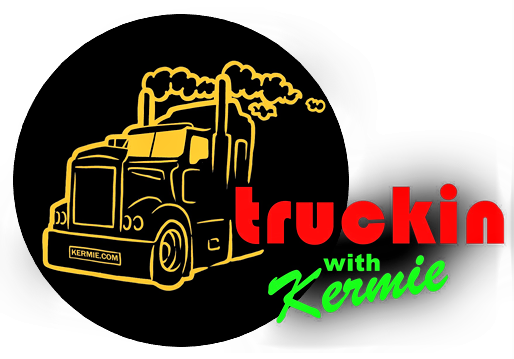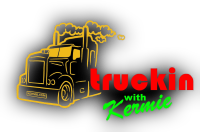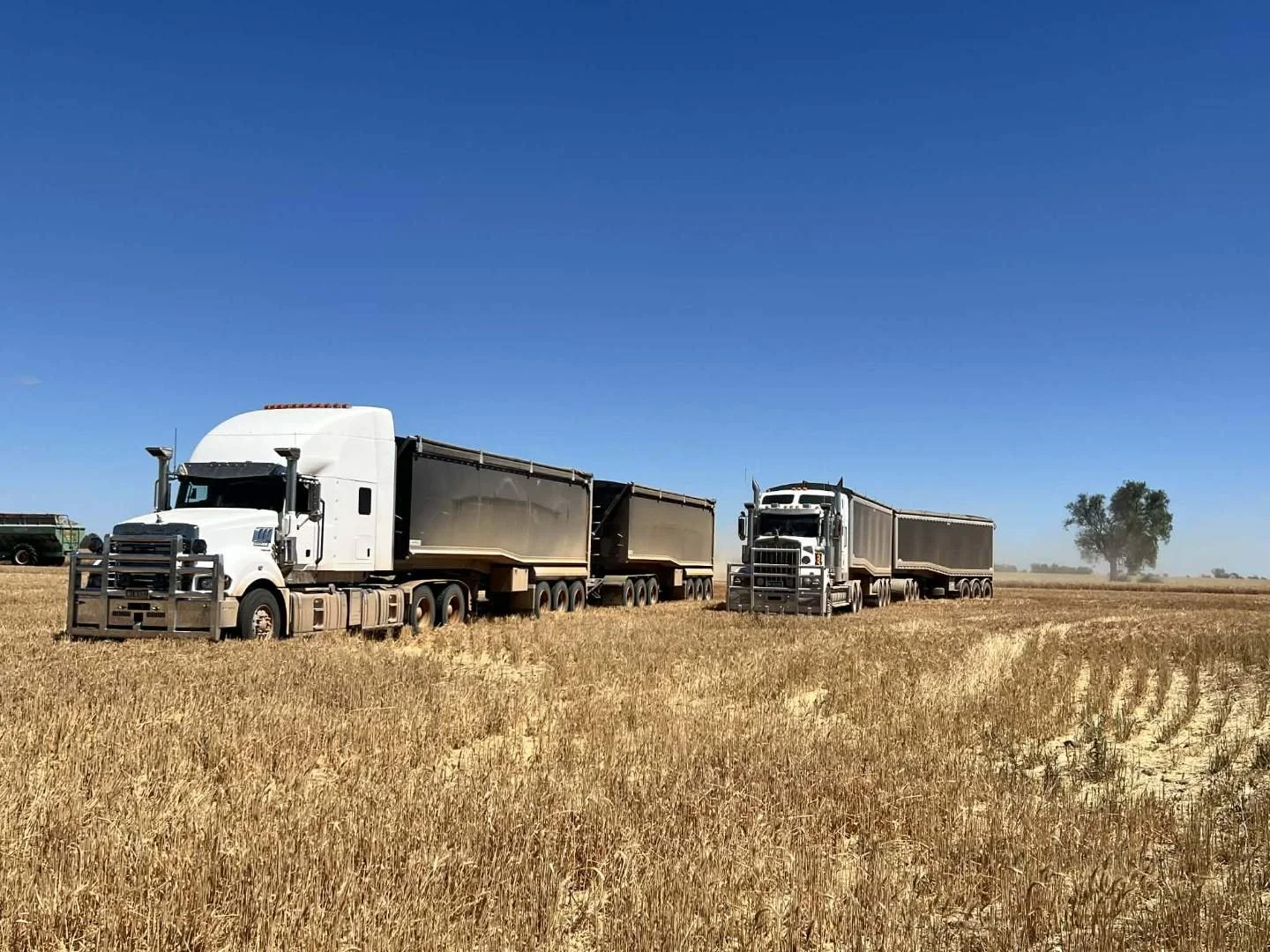Hybrid Vs Diesel
Truck Electrification: Why Hino aren’t ‘Jumping the Gun’.
Battery Electric Vehicles (BEV’s) will certainly play an important role in suburban delivery and, having driven a few, I can vouch for their quietness, acceleration and obviously their zero emissions. Those zero emissions are great for our world, right? The answer is not quite that simple…..
Hino invited me to Sydney to discuss the company’s philosophy in more detail, show me some very interesting facts and figures relating to Electric versus Diesel power, and to put me behind the wheel of their solution in the transition to full electric. The meeting was, quite frankly an eye opener. I urge you to read on.
Below is a video explaining the Hino Hybrid system……
I sat down with Hino’s Department Manager – Product Strategy, Daniel Petrovski who pointed out that just about every truck manufacturer has an environmental challenge (read: going full electric) and most have set a date to achieve this. Some are by 2030, others by 2040.
Hino has opted for 2050 which doesn’t sound very committed by comparison.
“Not at all,” said Daniel. “We are simply being realistic. Companies are stating that they will be producing 100% zero CO2 emission vehicles by such and such a date. Our aim is to be 90% by 2050.
“Why 90%? Because we sell to places such as Papua New Guinea, Africa and other markets that will still be running diesel engines. We support those markets as a brand so we will continue to have diesel engined vehicles in certain markets, as we are sure others will, no matter what they say.
Those companies that will be 100% electric won’t be selling into, or supporting those markets? We’ve set a realistic target that we believe is achievable.
“It is not just spitting out vehicles which will meet the 90% reduction in CO2 that Hino is aiming for. Other challenges include achieving zero waste, minimizing and optimizing water usage, minimizing the impact on biodiversity, using 100% recyclable materials, zero CO2 emissions from the factory and more.”
But there is much more to the electric/diesel equation than I suspect the general public is aware of.
Diesel energy is 9.7kWh per litre. (Tesla) battery energy is approximately 0.260 kWh/kg.
Confused? Let’s try and make it simple: to equal the range of 80 litres of diesel you need a battery weighing around 1,500kg with all its weight limitations.
Now one litre of diesel equates to 2.68kg of CO2 while that battery powered truck emits no tailpipe CO2. Electricity seems to sure beat the hell out of diesel on the emissions front, except ….
On average today in Australia, 1kwh of Grid Supplied Electricity equals 0.656kg of CO2. Victoria sit at approximately 1.1kg CO2, Queensland and NSW average 0.9kg CO2. Tasmania wins with a meagre 0.19kg CO2 thanks to its hydro-electric power generation.
Every litre of diesel has approximately 10 kilowatt hours of energy so you have to multiply that electrically produced 0.9 in NSW/QLD by 10 which means 9kg of CO2.
Taking into account diesel’s thermal efficiency of 50% - and so doubling that 2.68kg of CO2 to 5.36kg - the amount of CO2 emissions are still 33% LOWER than an equivalent full-electric vehicle.
Let’s go back to that 80 litre diesel fuel tank. Empty it and you’ve put out 429kg of CO2. Then you have to find a gas station.
Empty that 1,500kg battery pack and you’re effectively putting out 720kg of CO2 to recharge it from the NSW or QLD electricity grid. Then you have to find a power socket. It’s a bit of an eye-opener.
The fact is that at the moment diesel is throwing out less emissions than an equivalent amount of electric power generation required to run a truck. Indeed we need to reduce the CO2 created by electricity production by some 40% on the mainland to make it effective against a Hybrid Electric diesel.
Then there’s maximizing the use of limited resources such as lithium. Did you know that one all-electric battery vehicle could power ninety Hybrid Electric Vehicle Batteries?
Hino produced the first Hybrid Electric bus in Japan back in 1999. In 1999 the first light-duty hybrid truck was launched and introduced into Australia in 2007 - in the form of what is today’s 300 Series. In 2019 they unveiled their big banger 700 Series-based Hino Profia 6x2 and 8x4 in Japan – a truck the Australian arm would dearly love to get their hands on.
. . . . . . .
Meantime I’m invited to get behind the wheel of the loaded 300 Series Hybrid and drive it around the suburbs of Sydney, followed by the diesel-only version of the same truck with the same load. At the end of the run Hino’s excellent telematics will feed out the difference in fuel consumption – and anything else you could possibly think of, from driver inattention to over revving.
Most would think of a hybrid as being only suited to the stop/start conditions of urban traffic but this is not the case. The system works equally as well in hilly terrain, where the slopes will feed power back into the battery. The new 6-speed AMT is directly coupled to the electric motor with the clutch between the electric motor and the Euro 6 diesel engine.
Upon take-off the clutch is disengaged and the electric motor gives initial propulsion giving a smoother take-off and no wasted fuel in moving off the line. The truck’s brain will determine when the diesel will come into play, engaging the clutch as needed.
Off the accelerator, the clutch disengages and the electric motor becomes a generator – feeding power back into the battery. In conjunction with stop/start technology Hino talk of a 23% efficiency gain over the conventional diesel in litres used per 100km. That translates to a near 30% efficiency improvement on a kilometre per litre basis.
What’s it like to drive? Just like any other truck is the short answer. Take off is indeed smoother than a diesel AMT, the truck is a little quieter, I don’t have a clue as to when the engine/motor are working in concert or alone. Braking feels a little different due to their regenerative technology but nowhere near the ‘hauling up’ effect of a full electric. They are smooth and work well in concert with the single stage retarder which also feeds back into the battery.
The dashboard displays battery charge which at take-off was the full five bars. Depending upon terrain and driving style it dropped a bar or two but at drive’s end I had it back to the five. That display entices a competition with yourself to get the most out of the vehicle’s electric capabilities.
New multi-media screen is bigger and better in every way
Of note is Hinos new multi-media display. Larger, sitting higher and within easier reach, this Australian designed unit is the bee’s knees. Developed in conjunction with Hino, it is easily the best unit I’ve experienced in any truck.
Like all other Hinos I’ve driven, this is a comfortable, well sorted truck and I climb out at days end feeling like I could go and do the drive all over again immediately.
So how did I do?
Back at Hino HQ Dan spits out the telematics and I’ve achieved a 26% fuel efficiency gain over the following diesel-only 300. I’ve also reduced my CO2 output by 26% per kilometre. I reckon with a bit more familiarisation I could improve upon that. These were urban driving figures. Whilst open road travel would be expected to close the gap a little, there would still be substantial savings over diesel only.
Kermie’s results
Is the extra cost worth it?
The list price of a Hybrid is $16,000 over the diesel but, as Daniel points out, 90% of customers finance their truck. On this basis, taking into account the finance cost of the vehicle, insurance, registration, maintenance and fuel, the hybrid vehicle leaves you $150 a month better off than a diesel on a standard type of lease purchase/finance deal. That’s over 5 years.
Most operators have their trucks for 7 to 10 years. So if you kept it for a further 5, it will equate to around another $15,000 in your pocket on top of the first 5 years savings at today’s fuel prices, and doesn’t take into account further predicted savings of around 16% on yearly maintenance costs.
The weight penalty of the Hybrid is 220 kilos over the conventional diesel – not a lot in today’s terms and nothing compared to an equivalent full electric. Overall the truck’s tare is roughly equivalent to some other 5 litre light duty trucks so the weight penalty is not an issue.
Are the batteries reliable?
Since 2007 Hino have sold over 700 hybrid trucks and replaced two of them – and one of those was a wiring loom issue.
Would I have one? In a heartbeat. The results of my test drive show that I’d save $5,197.31 over the diesel only over 5 years (increasing dramatically for ownership beyond that). I’ve also cut my CO2 emissions by 17,725Kg. I can drive it anywhere where there’s a servo and I know that the technology is tried and proven.
Hino are as keen and committed to saving the planet as the next person. At this point in time here in Australia, their Hybrid trucks may just be doing it better than anyone else.
Hino have also just announced a Hybrid Ready-to-Go Range so you can pop into your nearest dealer and order one ‘off the shelf’.
That 20% is conservative
More Blog Posts You Will Love
More From In-depth
Got something to say? Say it here!
truckinwithkermie.com is for YOU and about YOU. We’d love to hear your stories. There are a number of ways to get in touch with us:
kermie@truckinwithkermie.com
(+61) 0418 139 415



















